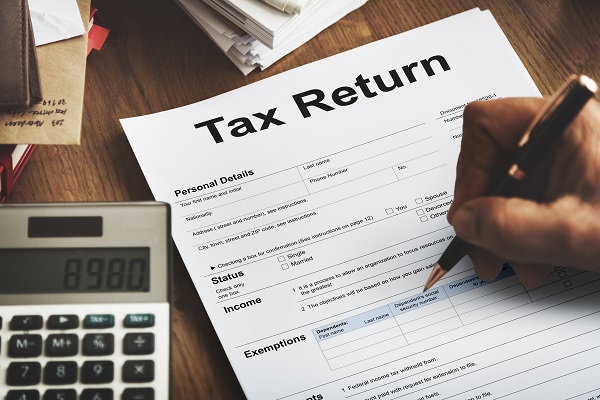Income Tax Refund or ITR Refund
In regard to income tax and other Direct Tax laws, tax refunds rise in those cases where the amount of tax which is paid by an individual (or be it paid on his/her behalf) is more than the amount on which the individual is actually chargeable. This is stated under the Sections 237 to 245 of the Income Tax Act, 1961.

In the process to find the amount of income tax that a person will get back as the refund amount, one must compute the tax liability that individual has attached to his or her payable tax. If the amount paid by the individual as taxes is more than the tax liability, then the person will get the extra amount as a refund. The taxpayer when pays more than the levied taxes on him the income tax department returns the remaining and extra amount.
Many types of direct taxes get this refund:
- Tax deducted at source
- Advance tax
- Foreign tax credit
- Self-assessment tax
The calculation of the refund is done after the filing of the income tax the eligible individual is then informed through SMS or e-mail. The money is then credited to the individual’s account in different ways.
- Direct transfer of the refundable amount of income tax to the taxpayer’s bank account: This is the commonly used method which is applied for the process of transferring and returning the income tax refund amount to the taxpayers.
This procedure may be carried out by the IT department through NECS/RTGS. Here it becomes absolutely necessary and important for the taxpayer to furnish the IT department with his or her accurate bank details and KYC.
It is mandatory on the part of the taxpayer to make sure that all the details relating to his/her bank account are properly recorded in the return forms at the time of filing the returns. This makes the process easy and the funds are moved fast directly to the account.
- Income tax refund via cheque: Instead of transferring the money directly to the bank account of the taxpayer this method is sometimes used by the IT department. In the scenario of the bank details recorded by the taxpayer at the time of filing the Income Tax Returns (ITRs) being unclear, incomplete, or wrong, the authorities issue a cheque pertaining to the account number which is given by the taxpayer at the time of filing returns.
How to get income tax return
Various cases and circumstances determine the return of the excess amount paid by the taxpayer. The best case scenario and example are that if the individual has a fixed deposit the financial companies impose a 10% TDS on the interest then that individual only if he or she belongs to the 5% slab can claim a 5% return.
Declaration of an individual’s investment in Form 16A is the easiest way to claim a refund (life insurance premiums paid, house rent being paid, investments in equity/NSC/mutual funds, bank FDs, tuition fees, etc.) while filing one’s IT returns and submitting the necessary supporting documents.
Avoid Common Mistakes While Filing Your Income Tax Return
If an individual has failed to do the above-mentioned task and has been paying extra taxes, which could have been avoided, then at that time Form 30 will be needed to fill. Form 30 primarily signifies a request for the individual’s case to be looked into and for the excess tax that has been paid to be refunded. The income tax refund claim should be submitted before the end of the financial year.
Income Tax Refund Procedure
The Income Tax authorities working at the Centralized Processing Centre (CPC) are responsible and tasked with the job for processing the Income Tax (IT) refund. The refunds are processed and the work of returning the money starts once the assessee files his or her Income Tax Returns (ITR).
If at that time any tax has to be indemnified at the time of processing the ITRs, the IT refund banker receives the orders for a refund of income tax which is generated and transferred by the IT authorities to the taxpayer’s account. In case the payment is delayed by the IT department there is a 6% interest levied on the returnable amount.There are two ways to track one’s ITR refund.One is Via the TIN NSDL Portal, and the other one is through The Income Tax E-filing Portal
It is important to know the PAN and assessment year in order to check the status of the refund. If an individual is filing his or her details accurately and precisely then the process of IT return becomes much easier. ITR can be filed on the official website of the tax department, the registration process must be completed before doing so. The extra amount is transferred to the taxpayer.


